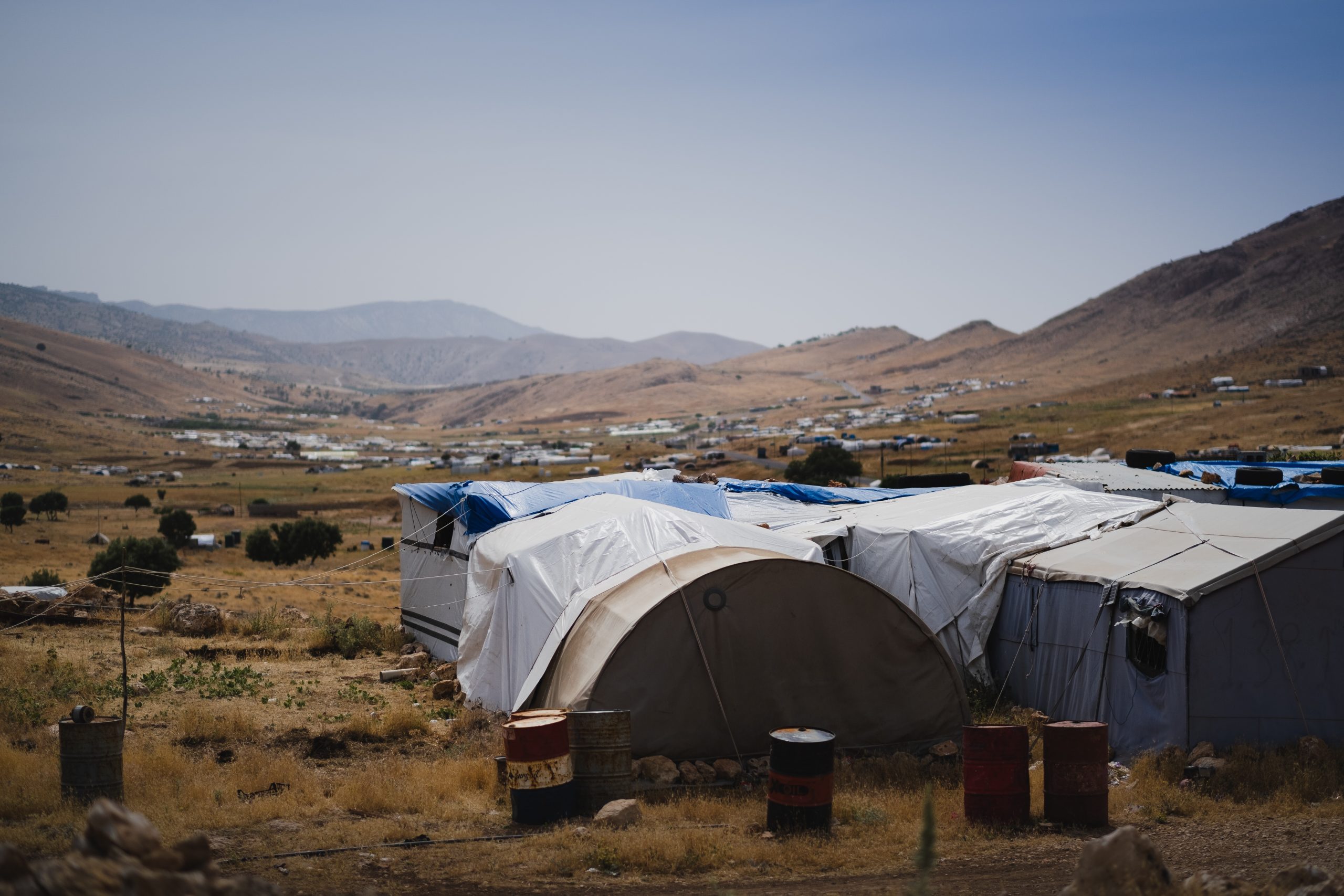
Making International Protection Work
Photo by Levi Meir Clancy/Unsplash
To be a refugee is to be forced from your home, from your country. Whether because of war or persecution, the loss of safety in a place that you consider your own is something that would challenge anyone’s sense of identity and security.
Sadly, the number of people who experience that loss and dislocation is higher now than at any point in human history: over 100 million people worldwide have been forcibly displaced, half of them beyond the borders of their own country.
It was in the wake of another peak in such numbers, after the Second World War and the horrors of the Holocaust, that the international community decided it needed to make sure that those who sought refuge should not have to rely on the charity of others, but instead commitments made in law.
To that end, in 1951 most members of the United Nations signed up to the Refugee Convention, with its guiding principle of non-refoulement, which means that refugees should not be returned to a country where they are at serious risk to life or liberty. Signatories committed to accepting and supporting all refugees, without preference or limitation.
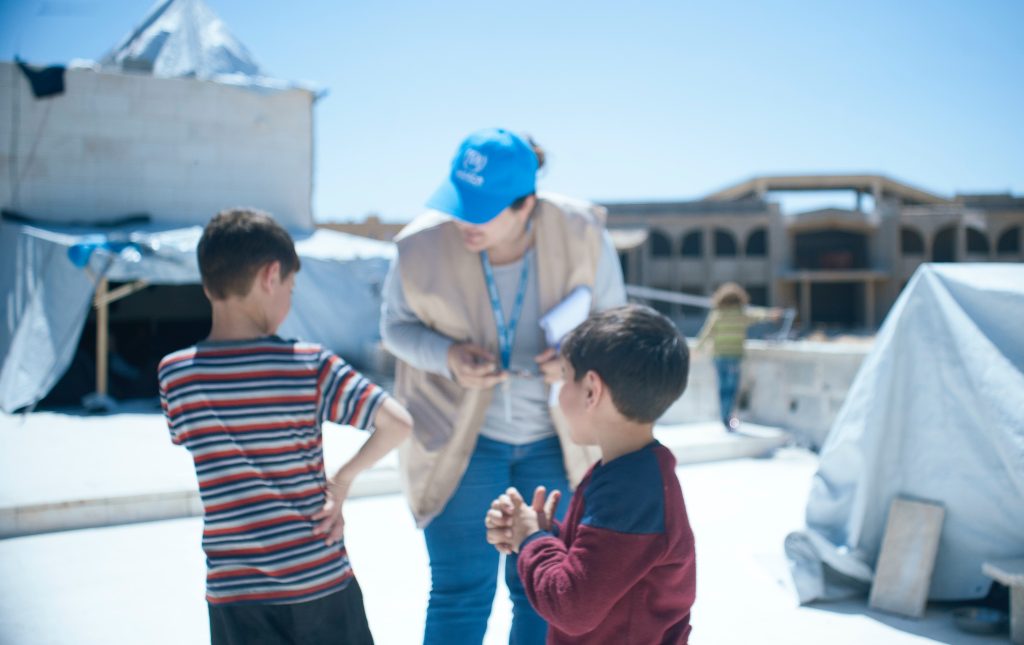
However, in recent decades that system has come under increasing challenge.
From the 1990s onwards, many countries in the developed world – including Europe – started to change the way they thought about refugees and asylum-seekers. Previously they had tended to manage the reception and integration of these individuals through government offices that were either independent or part of the foreign ministry, but now they began to move these offices into interior or justice ministries.
The logic behind this was one of seeing refugees less as a special category, defined and protected by the 1951 Convention, and more as part of the wider questions of immigration and of border security. It’s no coincidence that this was taking place when numbers of migrations were rising at the end of the Cold War and governments reflected real and perceived public concerns about the effects of this.
By shifting the way they made policy to focus on controlling borders, governments in Europe became less concerned about guaranteeing refugees’ rights and more concerned about policing who arrives.
To learn more, read our work on governance.
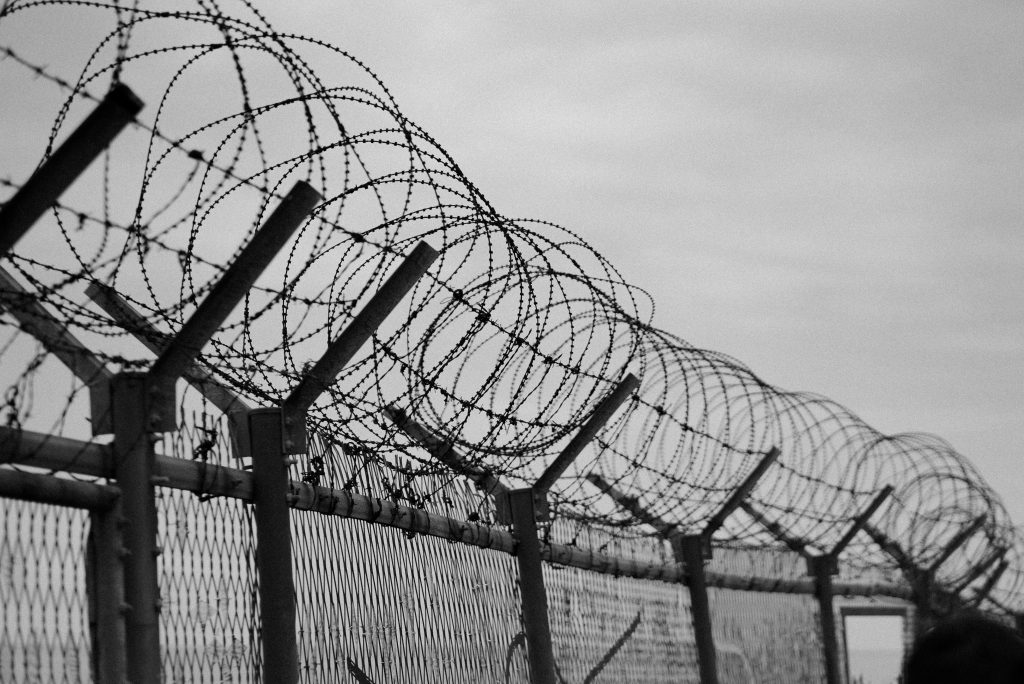
This shift has occurred despite most people in developed countries still thinking that refugees should be welcomed and supported: it was only in a couple of countries that we surveyed where this wasn’t the case. When asked whether they would rather that governments were overly-strict on admissions, risking some with valid refugee claims being excluded, or that governments were more lax, risking admitting some without valid claims, again the balance was more to the second option. This suggests that the principle of protection and the special place of refugees in international law has an underpinning in social attitudes, even after decades of governments taking a different view.
To make sense of this, we found that public concerns about refugees and their protection were not related to people’s occupation or income, but rather to their views about the national community. The more that people thought that members of their national community should come first, the less likely it was they would want to accept refugees into that community. Partly this was about community identity – the question of who belongs – but it was also connected to concerns about refugees ‘using up’ welfare resources like education, social benefits or health. At a time when welfare systems across Europe have come under increasing demands through economic turmoil and the long-term aging of the population, these concerns have translated into a significant force for more restrictions.
To learn more, read our work on public opinion.
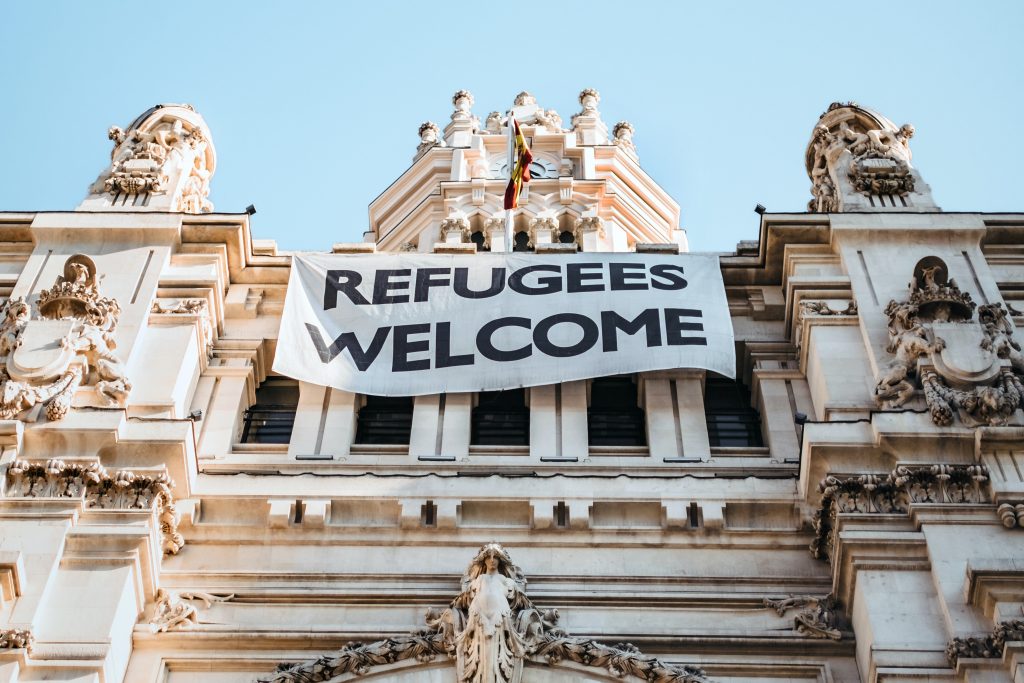
Of course, most people don’t actively do anything about their views on refugees, beyond the occasional conversation with friends and family. But some people do act.
For those who are concerned about refugees arriving in their country, the main route to action is voting for, or joining, a political party that promises to imposes more restrictions on those refugees. Across Europe, we find many more of these kinds of parties than we do parties who want to open up access. More importantly, the first kind tend to be more committed to following through on their promises than the second kind.
By contrast, for those who want to help refugees, there are various incentives for them to do this by joining – or even forming – a group. The forms of these groups vary enormously: charities, churches and campaigns range from a handful of friends to major international bodies like the Red Cross.
Their work also varies a lot too. Among groups working in this field, most see refugees as cases of people in need of humanitarian need of some kind: rescue at sea, emergency food aid or healthcare, family reunions for those split up through their displacement and relocation. These kinds of groups tend to focus on just one part of a refugee’s experience in transition, unlike those other groups who start from seeing them as refugees. For these groups, trying to address the whole range of challenges that refugees face is more important.
This difference matters because these groups are often the primary providers of support to refugees. States either cannot or will not provide sufficient resource by themselves, not least because the 1951 Convention is not so clear about what they must do. Indeed, in recent years, we find some governments purposely cutting back on what they offer, knowing that groups will step in to fill the gap.
To learn more, read our work on civil society organisations.

Nowhere is this interplay of society, state and the international system more evident than in key sites of migration, such as urban centres or refugee camps. Through time spent in a number of these sites in Europe, Canada and South Africa, the tangled networks of support that exist for refugees becomes more apparent.
Given the very different motivations and priorities of the different groups involved in any one place, the language of ‘vulnerability’ has come to play an important part in how everyone navigates a fluid and unstable situation. While it is often used to suggest an inclusive process that adapts to the needs of those in need, all too often it becomes a way of limiting support. People have to act, almost literally, to meet someone’s arbitrary standard of who is vulnerable, designed to control who gets to access limited resources.
Of course, some vulnerabilities are more visible than others, so while questions of physical health might be attended to relatively well, mental health is somewhat less so. And even when things might be less complicated to define – such as legal status – the capacity to resolve them is not always present, leaving individuals in a limbo between arrival and settlement in a new country.
To learn more, read our work on fieldwork in practice.
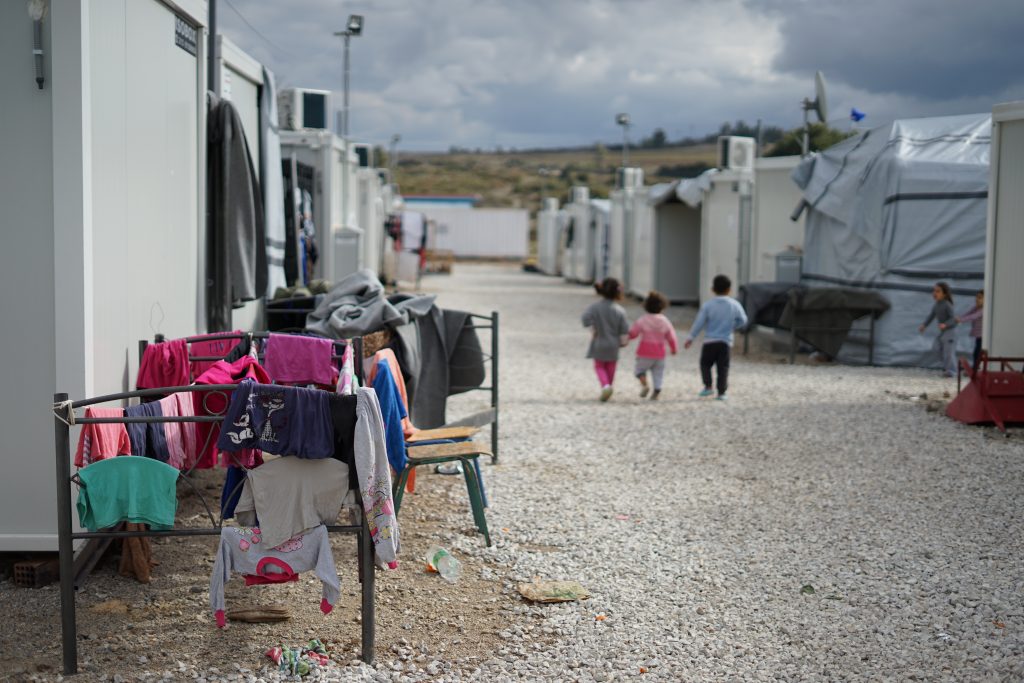
All of this happens in a media environment. Debates in broadcast and print media is still very much shaped by the particular nature of national situations, from the reference points to the terminology used to describe people. One repeated theme is that ‘refugees’ are often labelled as ‘migrants’ (and vice versa), suggesting that either a lack of understanding about the difference or (more likely) an attempt to position stories for particular effects.
This was most vividly demonstrated in the wake of the 2022 Russian invasion of Ukraine. The strong dominance of ‘refugees’ to describe the several millions of Ukrainians who came to European states for sanctuary reflects the very positive attitudes in both publics and the media, even as those arriving in Europe at the same time from places such as Syria were being labelled as ‘migrants’.
If this was the case in traditional media outlets, then social media has shown a more thoughtful side to what is possible. Here debates run across national borders, and the voices of those are supportive of refugees have been much more prominent. However, governments and international organisations like the European Union have still to find a way to play a role in social media debates that reflects their practical significance, which in turn risks further undermining their ability to keep activists engaged.
To learn more, read our work on media and the public sphere.
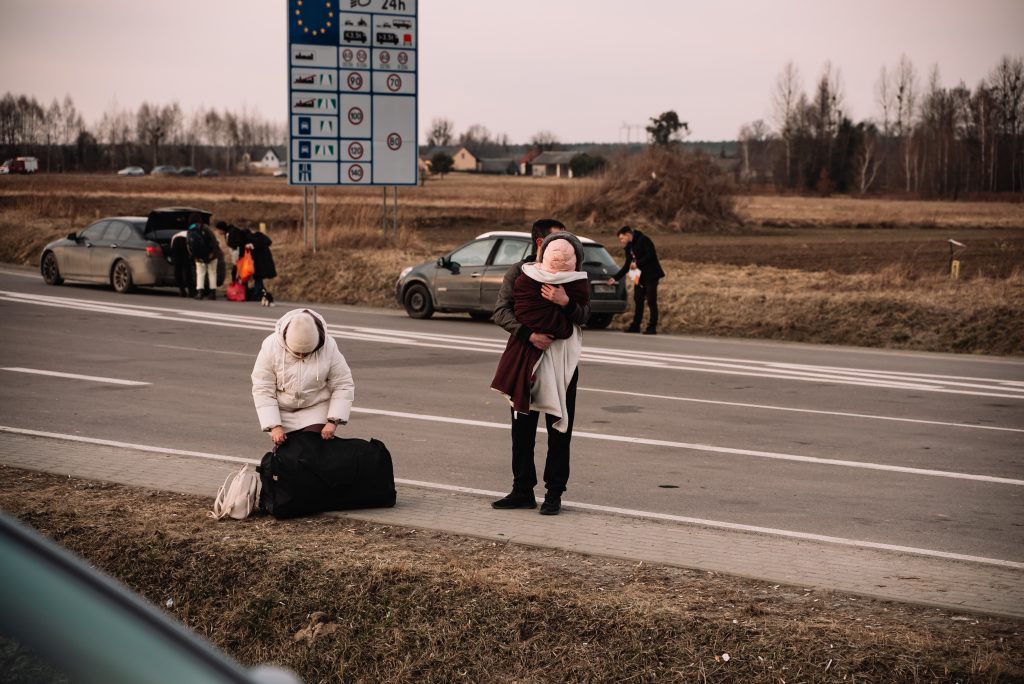
Behind all of this lies a bigger question about the future of protection.
In 2018, the United Nations supported the creation of two new agreements: the Global Compact on Refugees (GCR) and the Global Compact for safe, orderly and regular Migration (GCM). These Compacts brought together states and the many groups involved to their respective fields, to try to lay the groundwork for a more ambitious and inclusive system of managing and supporting on the move.
Particularly interesting has been the GCM’s baby steps in creating what might be the start of a new system of protection that would incorporate the 1951 Convention into a much wider approach that focuses on non-displacement, rather than non-refoulement. With populations being moved by climate change or economic marginalisation as much as by wars, the logic was sufficient to move forward the agenda.
But the Compacts have suffered from their lack of force: unlike the 1951 Convention, their weight is political, not legal. The Covid pandemic that started little more than a year after their signing highlighted how limited than political commitment might be, as countries around the world closed their borders to people in need.
For those on ground, the Compacts have yet to have much impact. In key sites, their ideas have trickled down, but with minimal effect on practical activity. For groups working in the field, most are too stretched to pay much attention, and they are more concerned about states not upholding their obligations under the 1951 Convention than they are about the declarations of the Compacts.
But this does not mean that they have had no effect. Already, the existence of the GCM has allowed lawyers and legal scholars to argue that other pieces of national and international legislation need to be considered in a new light: our handbook represents the first attempt to do this for EU legislation, for example.
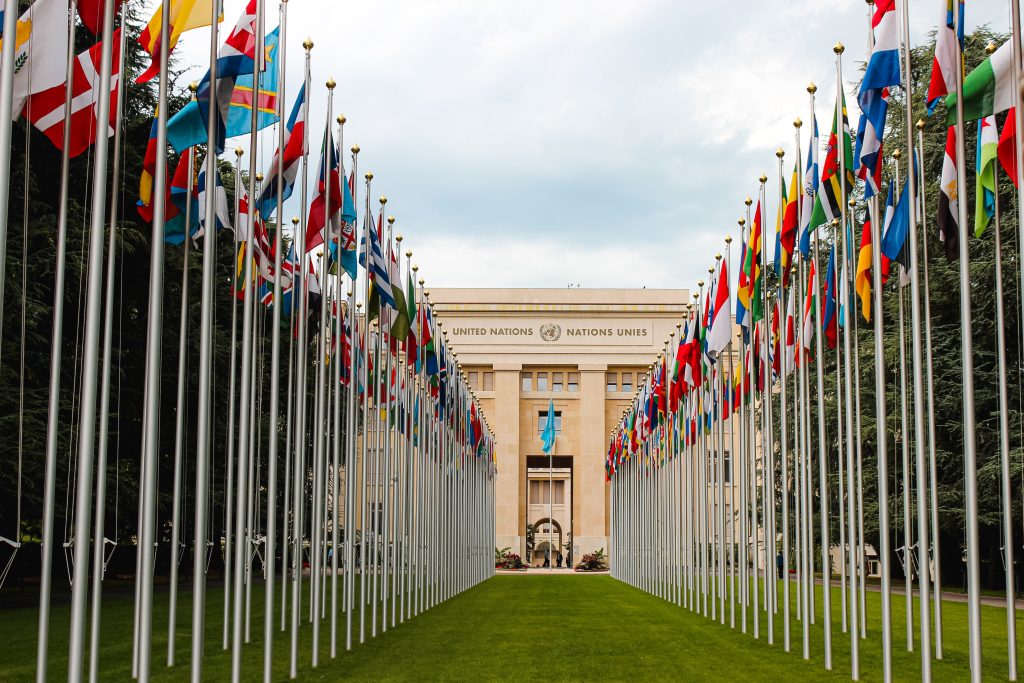
The overall picture from our project is that protection is in a difficult position.
The shift in national governments’ attitudes towards refugees is part of a bigger set of questions about how they see the world. The tendency to think of things in terms of security often runs across notions of an international community and of a common humanity.
The confusions of language about refugees, asylum-seekers, immigrants and migrants can be found in governments, media outlets, public debate and beyond. These confusions are often unintentional, but they also shape our preferences and our actions, so we need to try harder to be better informed and more precisely, especially if we want to actively contribute to the public debate.
The arrival of the Compacts is also a mixed blessing. While it opens up the possibility of a new approach that might produce a system better able to cope with the demands of the 21st century, it also complicates the operation of the existing system, built on the 1951 Convention. In reaching for the next model, we have to be careful not to allow the current one to fall into further problems.
Such a transition cannot be done by any one organisation or country alone: it has to be a collective effort. PROTECT’s findings have been focused on better understanding where the problems lie and on what causes them, so that politicians, activists, businesses, journalists and the public at large can all take ideas from them to help make international protection work, now and in the future.
